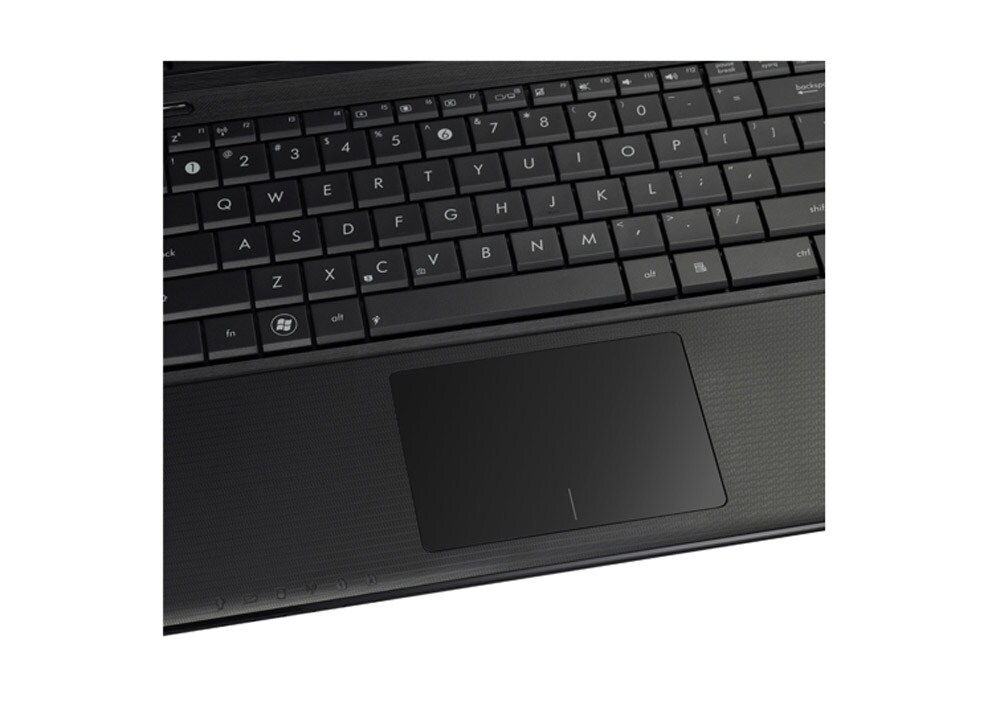

The output options include Lineout/JC-120/Small/Combo/Stack/Return/BassAmp and a few others.

The creators of the GR-55 know this and they have offered several output settings that as far as I can tell just affect the tone of the output signal. When you use a guitar synth you are putting out a wide variety of tones that each have a unique frequency spectrum that is much different from your typical guitar tone. Although I have been testing out a new mixing mode where synth volume is controlled via the expression pedal and guitar volume is controlled via the volume knob on the guitar. One last thing, from the control module you can adjust all of the main parameters you require to quickly define and fine-tune your sound such as synth volume, change program patches, and switch between different mix modes (gtr only, gtr+synth, synth only). Definitely my least favorite part of the whole ordeal. These two signals, which represent your dry guitar signal and your GK pickup signal are sent together with a few control signals to the synth floor/rack unit through a special proprietary 13-pin cable which is both expensive and prone to going intermittent from continued abuse.
#GR 55 FLOORBOARD SOFTWARE PATCH#
The control module has a 1/4" or 3.5mm analog input jack where you are supposed to patch in your normal guitar output. Connected to the special pickup is a control module that is small but kind of obtrusive and will mount via velcro, sticky tape, or screw directly to the guitar body. But really, there are a few things you need: A special guitar pickup usually a Roland GK-2a/GK-3 or a piezo pickup. With just a little non-invasive (or invasive if you prefer) modification to your guitar you will be able to recreate the cathartic sounds of popular '80s favorites like Tarzan Boy. I took the GR-30 as my own and set off on my journey.īut first, a little introduction to guitar synthesis for the novice. I would have enjoyed hearing those lost sessions, but that was another day. I could only imagine the scores of suburban soundtracks that had once flowed through these units like lifeblood coalescing into a common identity. Some sort of mixer to tie things together. A full-size U-20 laying inconspicuously on a stack of boxes, a D-50 with two library ROM cards still peeking out of the back panel's expansion slots, a SoundCanvas 1/3 rack unit with GK and MIDI i/o just sitting in the corner. I surmised and later confirmed that her dad dabbled as a hobbyist in sound composition sometime in the '90s as I pieced together a long-forgotten collection of several other mid '90s consumer grade Roland products stored away in the attic, unused for over a decade, and shrouded in a fine layer of dust. That was two years ago, and back then I had no idea what guitar synths were or what they were capable of doing. However, I fondly remember that fateful day when I first discovered a mid '90s Roland GR-30 covered in dust and stored away in my girlfriend's parent's attic and my universe changed for the better. I also have never been formally trained in guitar or piano and I don't feel the need to choose sides when it comes down to it. I wasn't always a guitar synth guy, and I have NEVER been anti-guitar.


 0 kommentar(er)
0 kommentar(er)
